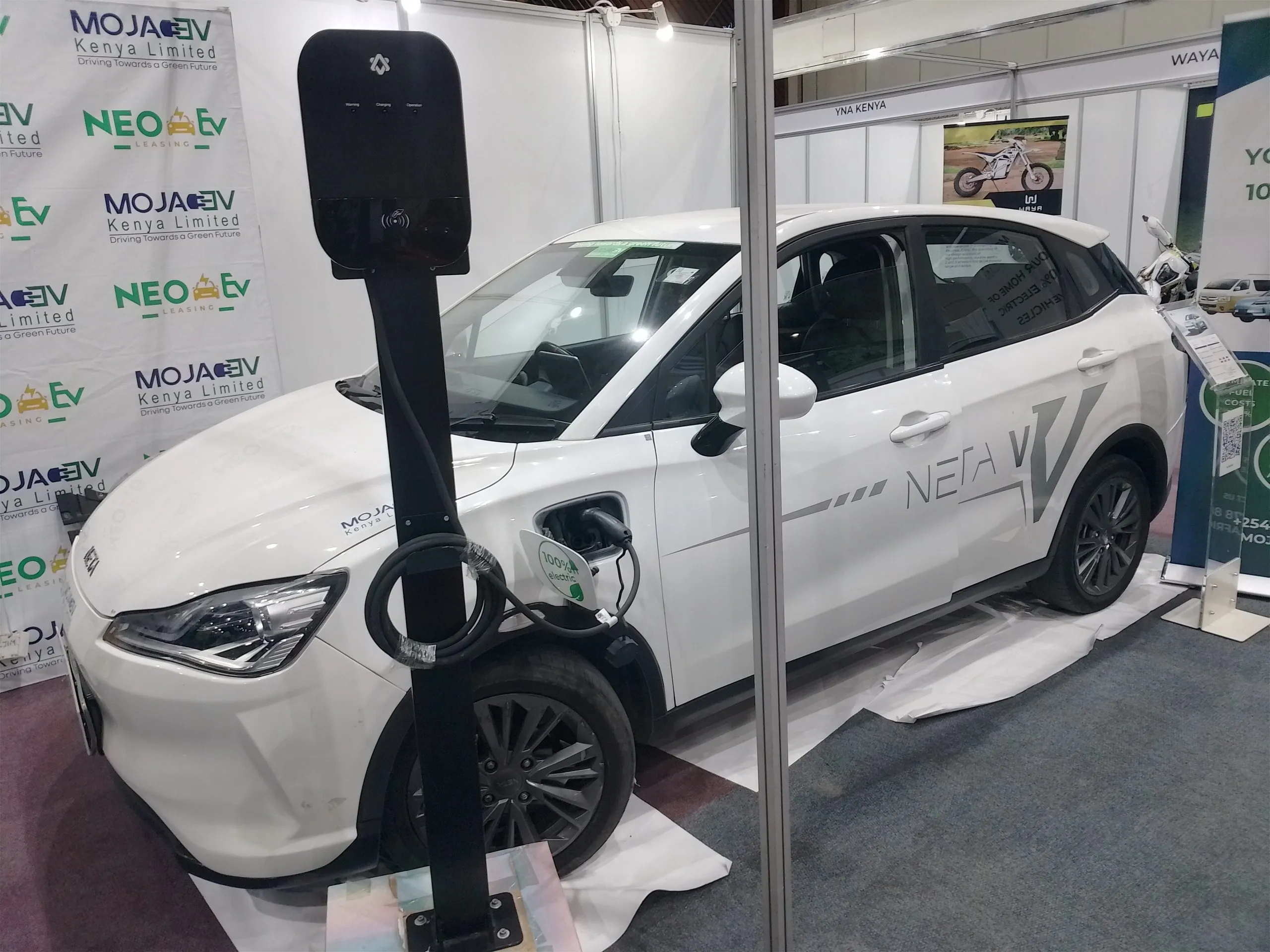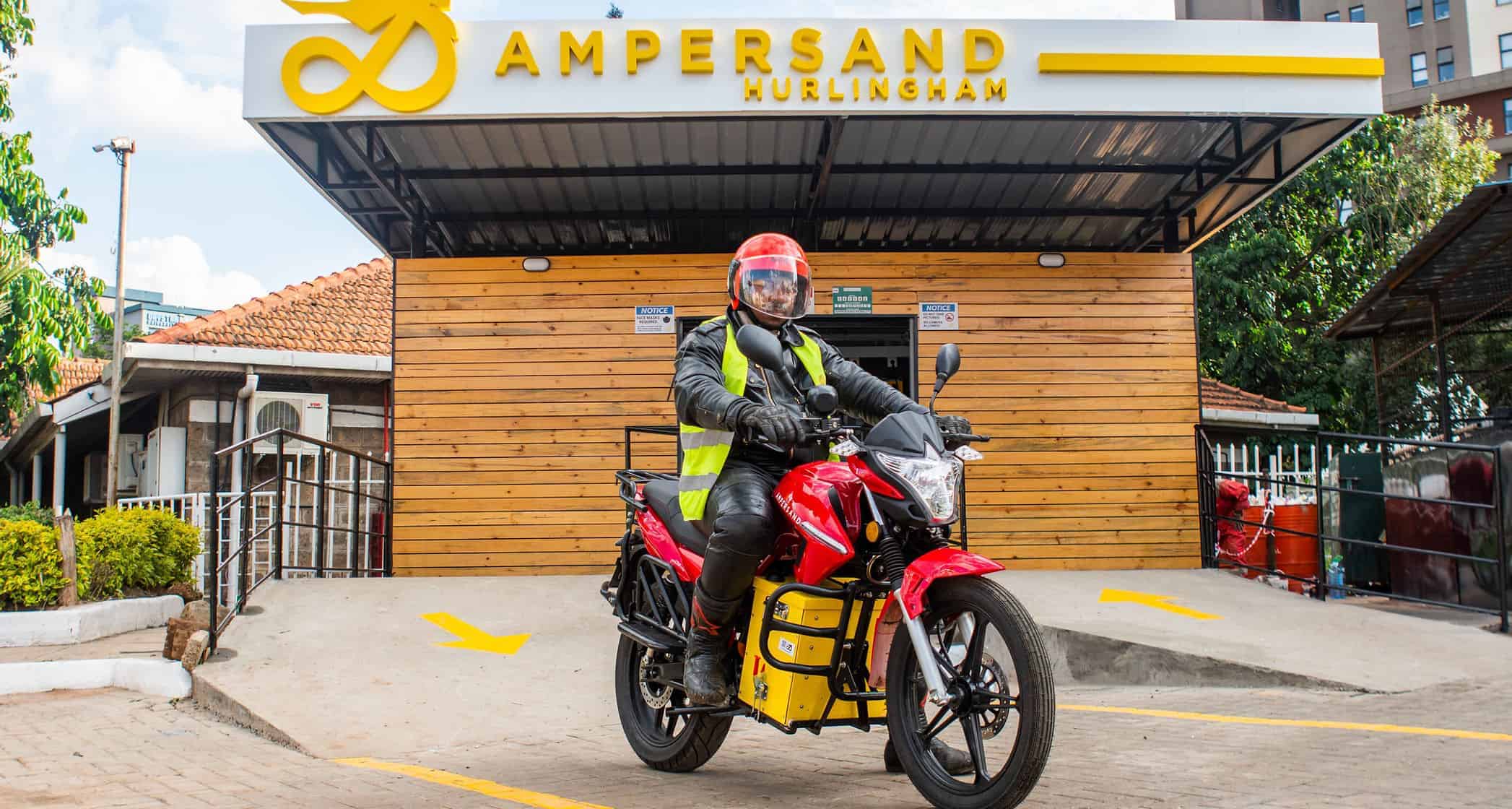Can Africa lead the global EV revolution? Kenya seems determined to try, with a Sh6.12 billion push to install 10,000 charging stations by 2030 an ambitious step toward cleaner, smarter mobility.
This ambitious plan, unveiled under the National Energy Compact 2025–2030, signals Kenya’s intent to overcome traditional barriers and position itself as Africa’s EV frontrunner. But why Kenya? And can it truly lead the charge by the decade’s end?
Kenya’s EV Surge
Kenya’s EV adoption has accelerated dramatically in recent years, driven by soaring fuel prices, urban congestion, and a youthful, tech-savvy population eager for affordable alternatives.
By December 2024, the country had registered approximately 9,000 EVs, including cars and the dominant e-motorcycles, a fivefold increase from 2022 and a near-doubling from 2023’s 2,694 units.
E-motorcycles alone accounted for the lion’s share, with over 4,800 units, reflecting their appeal to Kenya’s boda-boda (motorcycle taxi) riders who face daily fuel costs eating into slim margins.
This growth isn’t accidental. Government incentives, like zero import duties on EVs and VAT exemptions, have slashed upfront costs by up to 35%.
Sales in 2025 are projected to hit 150% growth year-over-year, pushing EVs toward the government’s 5% market penetration target for new vehicle sales by year’s end.
Yet, as registrations climb, a significant limitation persists: charging infrastructure. Outside Nairobi’s handful of stations, EV owners are stranded, with scarcity cited as the top adoption hurdle in surveys. Enter the Sh6.12 billion game-changer.
The Sh6.12 Billion Charge: Building the Backbone
Announced by the Ministry of Energy and Petroleum in late September 2025, this funding will roll out 10,000 charging stations nationwide by 2030, transforming Kenya’s EV ecosystem. The phased approach is practical and targeted:
| Phase | Allocation (Sh Billion) | Focus Areas | Key Locations |
|---|---|---|---|
| Phase 1 | 1.18 | 17 highway stations | Mombasa–Busia corridor (Voi, Naivasha, Nakuru, Eldoret) |
| Phase 2 | 1.81 | 23 urban/rural hubs | Machakos, Narok, Garissa, and other mid-sized towns |
| Phase 3 | 3.13 | County HQs and satellites | Every 25km along major roads, plus rural outposts |
This infrastructure expansion, supported by Kenya Power and international partners, addresses the current paltry network of about 20 public stations (mostly in Nairobi and Mombasa).
By 2030, stations will be as common as matatus (minibuses), ensuring no EV is more than a short detour from a recharge.
READ ALSO:
Mirova’s $10M Bet on ARC Ride: Electrifying Africa’s Urban Mobility and Gig Economy
The plan aligns with Kenya’s draft e-mobility policy, which also earmarks $1.9 million from Kenya Power for initial networks.
While the African Development Bank (AfDB) has backed broader green energy initiatives in Kenya, direct funding for this project stems primarily from national budgets and multilateral loans, though AfDB’s involvement in regional e-mobility could amplify it.
The result? A scalable grid ready for the projected 700,000+ EVs on African roads by 2030, with Kenya capturing a sizeable slice.
Policy Powerhouse
Kenya’s EV ambitions are woven into its fabric of sustainability. The country’s updated Nationally Determined Contribution (NDC) under the Paris Agreement commits to a 32% reduction in greenhouse gas emissions by 2030 relative to business-as-usual scenarios, with transport, a sector responsible for 15% of emissions, as a key focus.
Electrified mobility could slash transport emissions by 20-30%, unlocking billions in carbon credits and attracting green investments.
Add to this Kenya’s renewable energy edge: Over 80% of its electricity comes from geothermal, hydro, and solar sources, making EVs here among the cleanest globally.
This “green grid” advantage minimises the environmental irony of EVs powered by dirty coal, a pitfall in coal-heavy markets like South Africa. Recent JICA funding of KES 22 billion ($169 million) for EV ecosystem enhancements further strengthens this, including battery recycling hubs.
Stacking Up: Kenya vs. Africa’s EV Contenders
Here’s a quick comparison as of mid-2025:
| Country | EV Registrations (2024 Est.) | Charging Stations | Key Strengths | Challenges |
|---|---|---|---|---|
| Kenya | ~9,000 | ~20 (expanding to 10,000 by 2030) | 80% renewable grid; e-moto dominance; aggressive infra plans | Rural access; import dependency |
| South Africa | ~12,000 | 150+ | Mature auto industry; policy incentives | Coal-heavy grid (90%); high costs |
| Morocco | ~5,000 | 50 | Solar leadership; Renault factory | Desert logistics; limited urban demand |
| Egypt | ~4,000 | 30 | Population scale; Suez hub | Grid strain; subsidies favor ICE vehicles |
| Rwanda | ~3,000 | 40 | E-moto bans on petrol bikes; drone tech synergy | Small market; hilly terrain |
Electrifying Africa’s Future
By 2030, Kenya envisions EVs powering 20% of its transport fleet, slashing imports of $2 billion in fossil fuels annually and catalysing Industry 4.0 through smart grids and AI-optimised charging.
With its renewable backbone, bold investments, and adaptive policies, Kenya isn’t just ready; it’s racing ahead. Africa, buckle up: The EV era is electric, and Kenya’s leading the pack.
Ronnie Paul is a seasoned writer and analyst with a prolific portfolio of over 1,000 published articles, specialising in fintech, cryptocurrency, climate change, and digital finance at Africa Digest News.
FAQs
Kenya EV Prices in 2025: EVs in Kenya start at KES 800,000 for e-motorcycles and KES 1.2–4.2M for cars (e.g., Nissan Leaf KES 1.2–1.7M, BYD Atto 3 KES 2.5–2.8M), with used options from KES 400,000, boosted by zero duties and VAT exemptions.
Top Kenya EV Companies: Leaders include Roam (e-motorcycles/buses), BasiGo (e-buses), Spiro (7,500+ e-motos), Moja EV Kenya (Neta V), Ampersand (battery service), and Mazi Mobility (ride-sharing).
E-Mobility Companies in Kenya: Key firms: Ewaka (e-scooters), Stima (e-networks), WeMobility (rural charging), Mogo (e-moto fleets), driving 150% growth.
E-Mobility Kenya: Targets 5% EV sales (~9,000 units, 200+ stations), aiming for 10,000 stations by 2030, cutting emissions 20–30% with 92% renewables.
GIZ E-Mobility Kenya: GIZ supports EV policies, UNEP pilots (50 e-motos), and EPRA standards, leveraging 90%+ renewable grid.
Kenya EV Tesla: Imported Teslas (~201 units, Model 3 KES 6–10M, Model Y KES 7–12M) use 200+ stations, no showroom.
Moja EV Kenya: Assembles Neta V (KES 2.5–3M) for taxis, targeting 1,500 units/year by 2025, aiming for 30% taxi market.






